Roll-to-Roll Coating vs. Sheet Coating: What’s the Best Method for Your Application?
Coating technologies play a crucial role in a wide range of industries, including electronics, energy, packaging, and biomedical devices. Whether you are working on flexible solar panels, developing advanced batteries, or prototyping printed electronics, applying a uniform thin film to a substrate is essential for achieving consistent performance and successful scalability. However, not all coating methods function in the same way, and choosing the right one can be a challenge for those who are new to the field.
Two of the most commonly used techniques are roll-to-roll (R2R) coating and sheet coating. While both methods are used to deposit a controlled layer of material onto a substrate, they differ significantly in how they are applied, the types of materials they support, and the scale and level of precision they offer. Roll-to-roll coating is a continuous and efficient process that is typically favored for high-volume industrial production. In contrast, sheet coating is a more flexible and precise method often used in laboratory environments or for smaller production batches.
This article is designed as a beginner-friendly guide to help you understand the differences between roll-to-roll and sheet coating. Whether you are just entering the field, conducting research, or planning to move from prototyping to production, this guide will help you make informed decisions based on your specific needs. We will explore how each method works, highlight their advantages and limitations, and identify the types of applications where each technique is most effective.
What is Coating?
Coating is the process of applying a thin layer of material (such as ink, paint, adhesive, or polymer) onto a substrate (such as plastic, metal, or paper). This process is widely used in industries such as electronics, solar energy, automotive, and packaging. In roll-to-roll coating, the material is applied to a continuous roll of substrate, while in sheet coating, individual sheets of material are coated separately.
What is roll-to-roll processing, and why is it revolutionizing the way we make flexible devices?
Roll-to-Roll Coating
Roll-to-roll coating is a continuous process that applies coating materials to a substrate that’s wound into a roll. The substrate moves through a series of rollers and coating heads where the liquid material is applied and then cured or dried. This method is ideal for high-throughput manufacturing because it can coat long lengths of material in one pass.
Key Features:
Speed and Efficiency: R2R is designed for high-speed applications, allowing for continuous production with minimal downtime. It’s highly automated, which is perfect for large-scale production.
Consistency: The continuous process ensures uniform coating thickness across the entire substrate, making it ideal for applications requiring precision and consistency.
Material Flexibility: R2R can be used with a variety of materials, including flexible substrates like films, textiles, and foils. It’s often used in the production of flexible electronics, solar panels, and batteries.
Cost-Effective: When scaled up for mass production, R2R can be more cost-effective due to its ability to handle large volumes in a short amount of time.
Advantages of R2R:
High Throughput: Ideal for high-volume production runs.
Uniform Coating: Maintains consistent thickness and quality over long lengths.
Automation: Most R2R systems are highly automated, reducing the need for manual labor and increasing efficiency.
Drawbacks of R2R:
Material Waste: The continuous nature of R2R means that any mistakes or defects in the coating process can affect large sections of material.
Limited Precision: Although R2R is efficient, it may not offer the same level of precision as other methods when dealing with intricate or high-precision coatings.
Learn the complete process of creating uniform thin films using sheet coating.
Sheet Coating
In contrast to R2R, sheet coating deals with one substrate sheet at a time. This method offers greater control over coating thickness and uniformity, which is particularly valuable in applications where high precision is required, such as printed electronics or optical films. The process allows for the use of various techniques, including spray, dip, slot-die, or brush coating, each selected based on the desired outcome and substrate characteristics.
Key Features:
Precision and Control: Sheet coating allows for greater control over the thickness and uniformity of the coating. This is particularly important for applications requiring fine-tuned results, such as in the production of printed electronics or high-quality films.
Variety of Coating Methods: Sheet coating can be done using various techniques, including spray coating, dip coating, slot-die coating, and brush coating. The method chosen depends on the material and desired coating properties.
Smaller Scale: Typically used for smaller-scale production, sheet coating is often employed in lab settings or for prototypes where high precision is more important than throughput.
Advantages of Sheet Coating:
High Precision: Offers more control over the coating process, making it ideal for high-precision applications.
Flexibility: Allows for experimentation with different coating techniques and materials.
Ideal for Prototyping: Excellent for creating prototypes or small batches of products with intricate designs.
Drawbacks of Sheet Coating:
Lower Throughput: Sheet coating is typically slower than roll-to-roll, especially for large batches, as each sheet is coated individually.
Manual Labor: Many sheet coating methods, especially at the small scale, can require more manual intervention, which can limit automation and efficiency.
Comparing the Two Approaches: Which Should You Choose?
When considering which coating method to use, it’s helpful to weigh the core differences. Roll-to-roll coating excels in continuous, large-scale applications with flexible materials. Its high level of automation and efficiency makes it suitable for industrial production, but its strength comes at the cost of precision and material waste when errors occur. On the other hand, sheet coating offers high precision and process control, making it ideal for small-batch production, prototyping, or situations involving rigid substrates or varied materials.
Discover how pristine clean surface coating eliminates defects by applying functional layers onto untouched substrates. Ideal for medtech, solar cells, OLEDs, and advanced electronics.
Common Problems in Coating
When first getting started with coating, there are several common issues you might encounter, particularly in either roll-to-roll or sheet coating processes. Understanding these challenges early on will help you troubleshoot and prevent costly mistakes.
1. Uneven Coating
Problem: An uneven coating can occur when the material isn’t applied uniformly across the surface of the substrate. This can result from incorrect setup, poor material viscosity, or inconsistent pressure from coating heads.
How to Fix It: Ensure that the coating head is properly aligned and that the substrate is moving evenly through the system. Regularly check the viscosity of your coating material to ensure it’s within the recommended range. Additionally, maintaining a consistent coating speed can help achieve uniform results.
2. Air Bubbles and Voids
Problem: Air bubbles or voids in the coating material can form when the liquid material is applied too quickly or inconsistently, trapping air between the substrate and the coating layer.
How to Fix It: To avoid air bubbles, use proper coating techniques, such as slower application speeds or more controlled environments. Additionally, pre-treating the substrate to eliminate moisture or contaminants can help reduce air bubble formation.
3. Inconsistent Thickness
Problem: If the coating material isn’t applied evenly, you might see variations in thickness, which can affect the performance of the finished product.
How to Fix It: Use high-quality, calibrated equipment such as slot-die coaters, which can apply precise layers with minimal thickness variation. Monitor the coating process regularly and adjust the material flow or coating head settings to ensure uniform distribution.
4. Drying/Curing Issues
Problem: If the drying or curing process is not controlled correctly, the coating can either be too thin (if not dried enough) or too thick (if over-dried), resulting in defects.
How to Fix It: Carefully monitor the drying or curing parameters, including temperature, humidity, and air circulation. It's essential to ensure that the material has the right amount of time and temperature to fully cure without over-drying or under-curing the coating.
5. Material Contamination
Problem: Contaminants such as dust, oils, or residue can affect the coating quality, leading to adhesion issues, defects, or even total failure of the coating.
How to Fix It: Always ensure that the substrate is clean and free from contamination before applying the coating. Using a cleanroom or dust-free environment, particularly in lab or prototype settings, can significantly reduce contamination. Additionally, regular maintenance of the equipment helps keep the coating process free from debris.
6. Tension and Stress Issues (Roll-to-Roll Coating)
Problem: In roll-to-roll coating, tension control is crucial for ensuring smooth coating. Incorrect tension can cause wrinkling, stretching, or even tearing of the substrate. Too much tension can result in uneven coating, while too little tension can cause slack or wrinkles.
How to Fix It: Implement precise web tension control mechanisms and regularly monitor the substrate’s tension throughout the process. This helps ensure consistent movement through the coating system without any distortions or stress-related defects.
Your coating process is only as good as the slot-die head that delivers it. Our guide helps you evaluate your needs and choose the right slot-die head for optimal quality, efficiency, and cost-effectiveness. Read the selection guide here.
Conclusion
As you dive into the world of coating, understanding the differences between roll-to-roll and sheet coating will help you choose the best method for your needs. Roll-to-roll is great for high-volume, continuous production, while sheet coating is ideal for smaller-scale, precision applications. Both methods have their own advantages and challenges, but with the right equipment and knowledge, you’ll be able to make an informed decision for your project.
By mastering the coating process, you’ll be equipped to tackle various challenges, whether you’re working in a lab setting, scaling up to industrial production, or looking to create high-quality prototypes.
Get Professional Support for Your Coating Needs
Need help with slot-die coating, coating machines, or any related applications?
Contact infinityPV’s experts today for professional guidance and support.

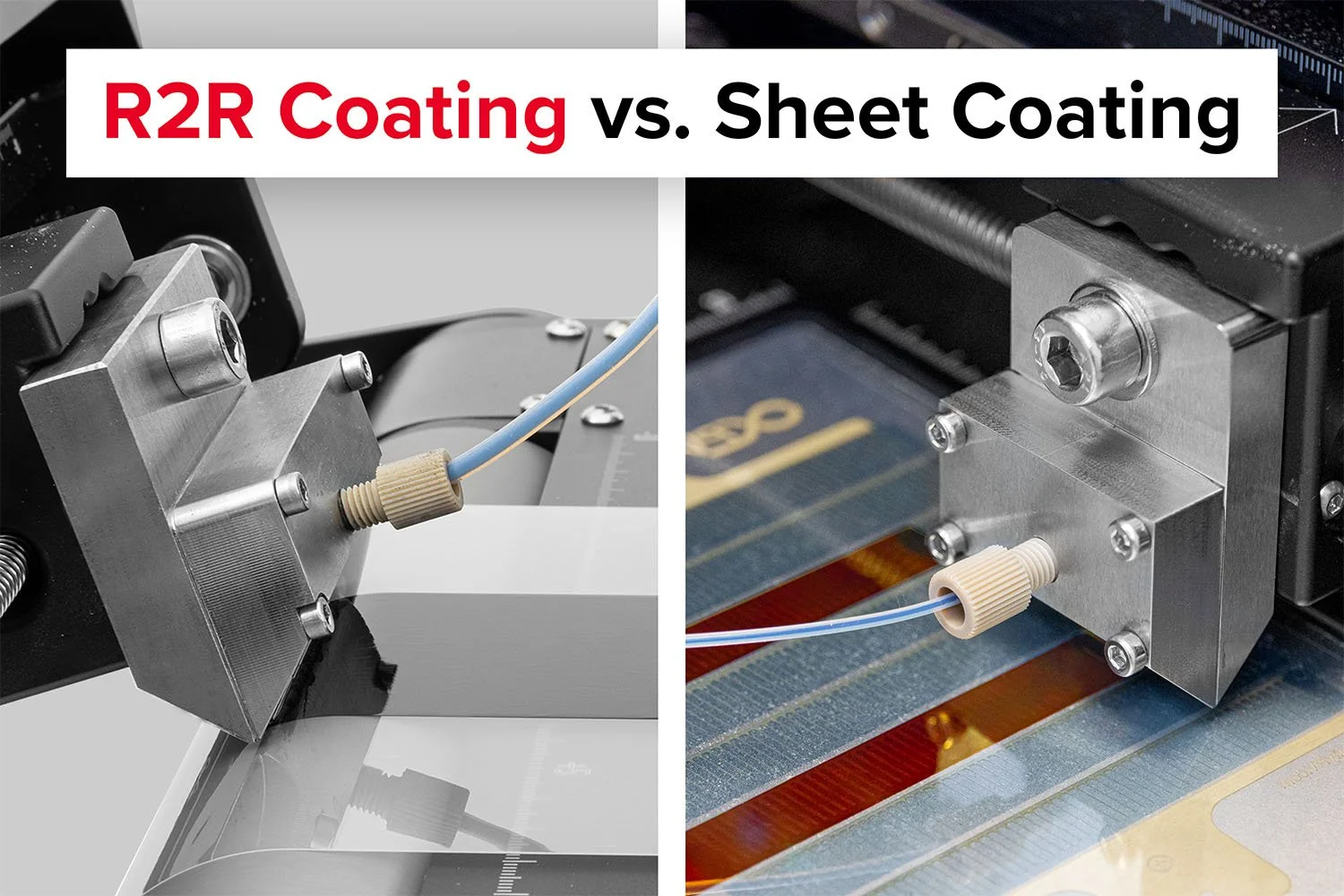
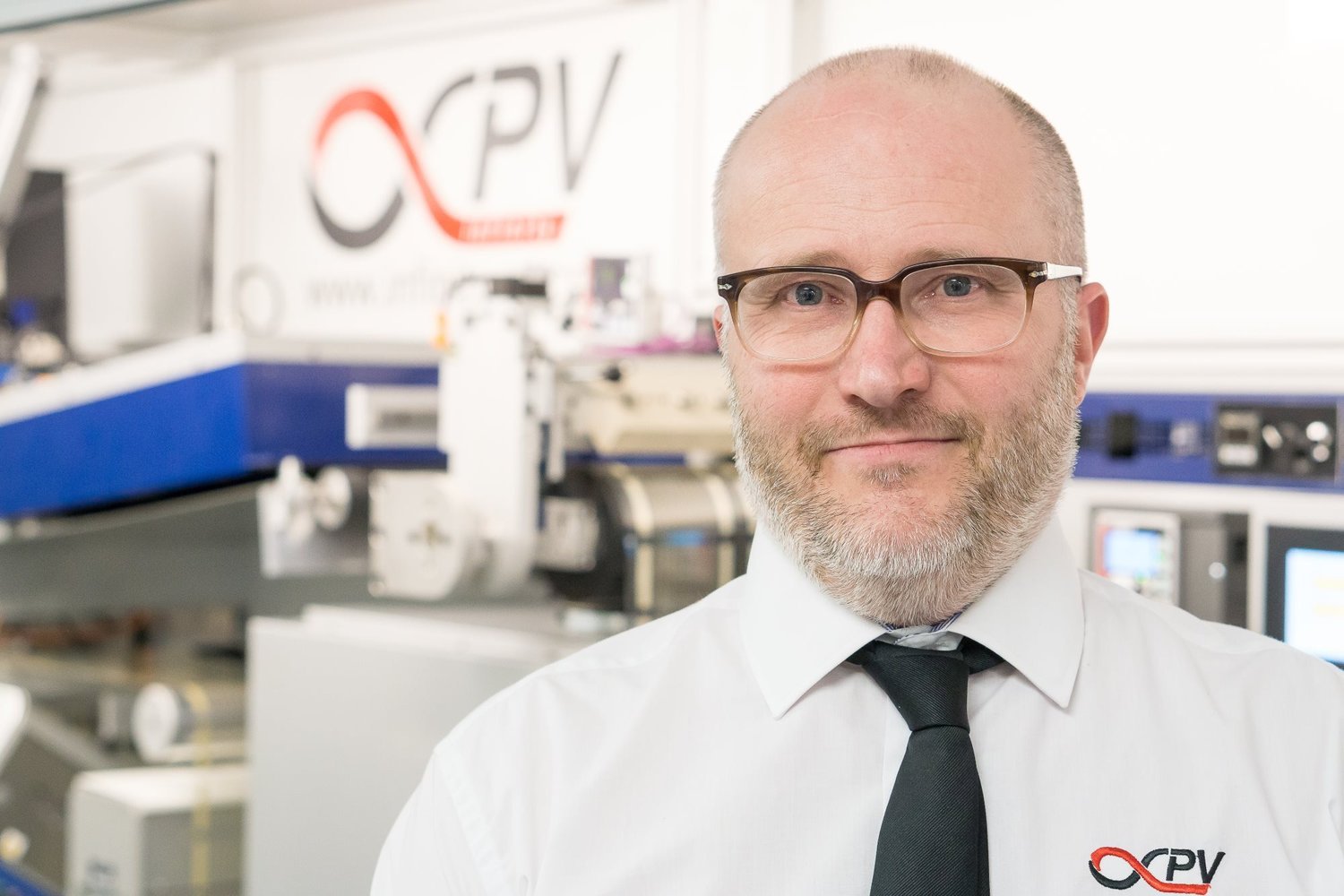


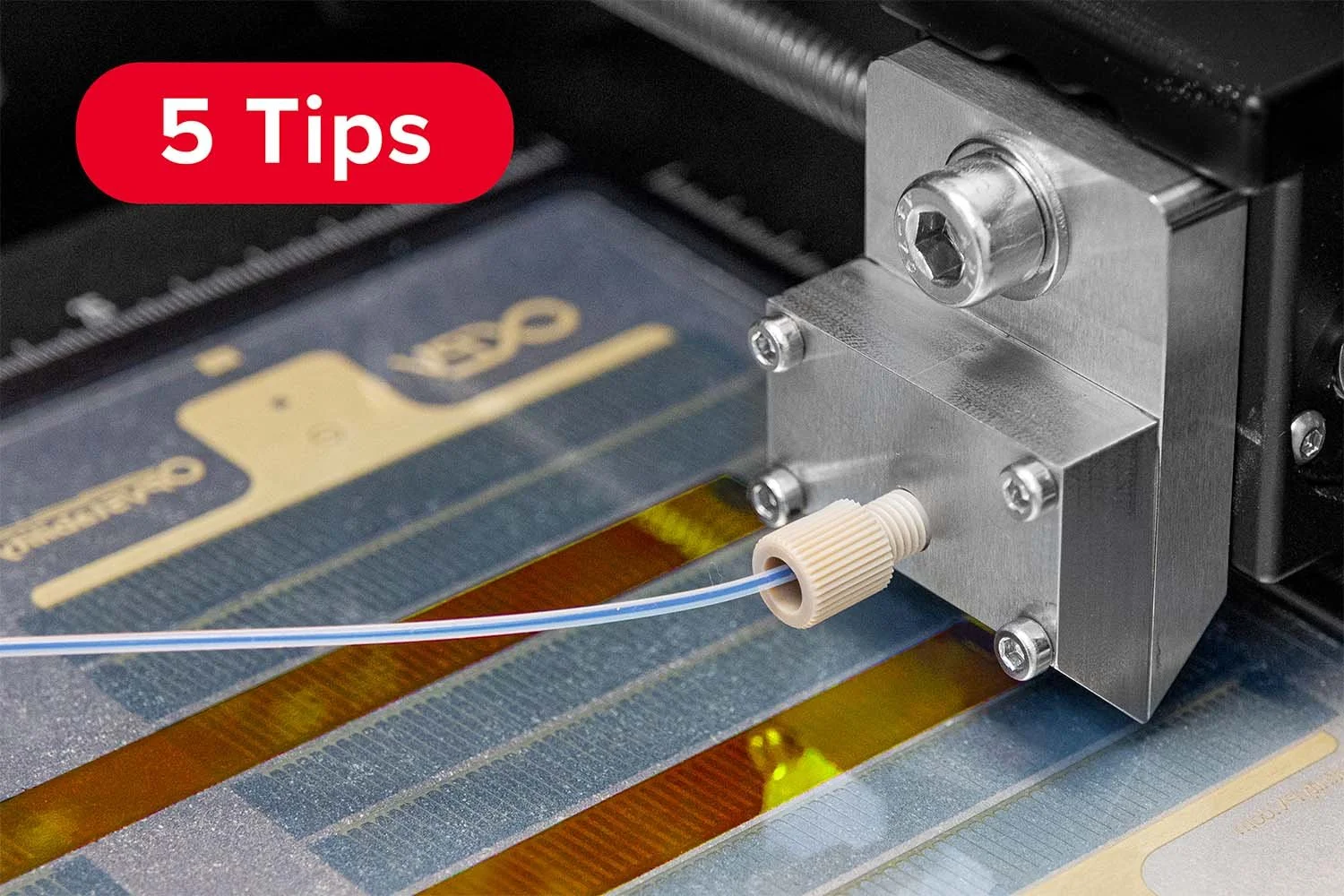


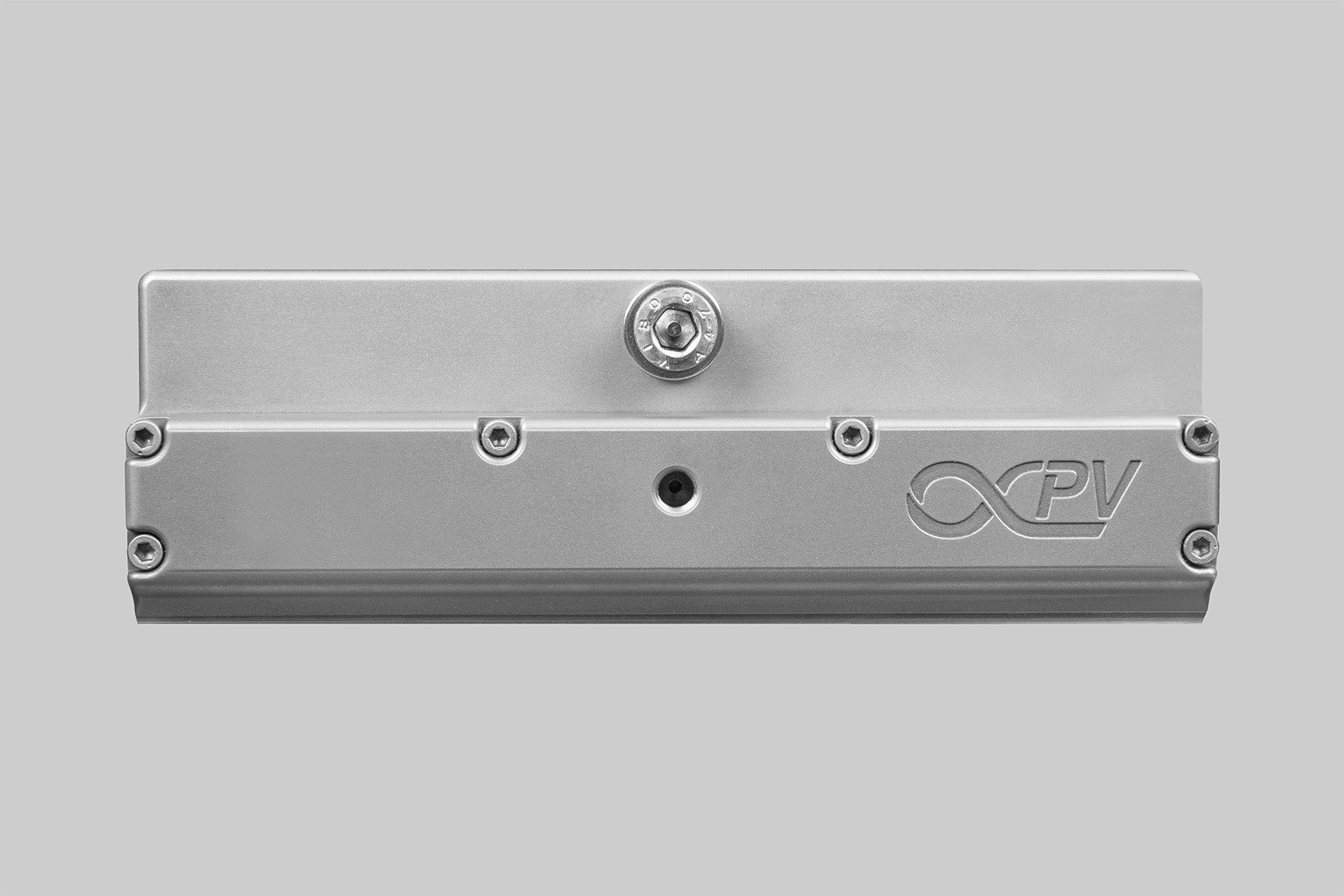

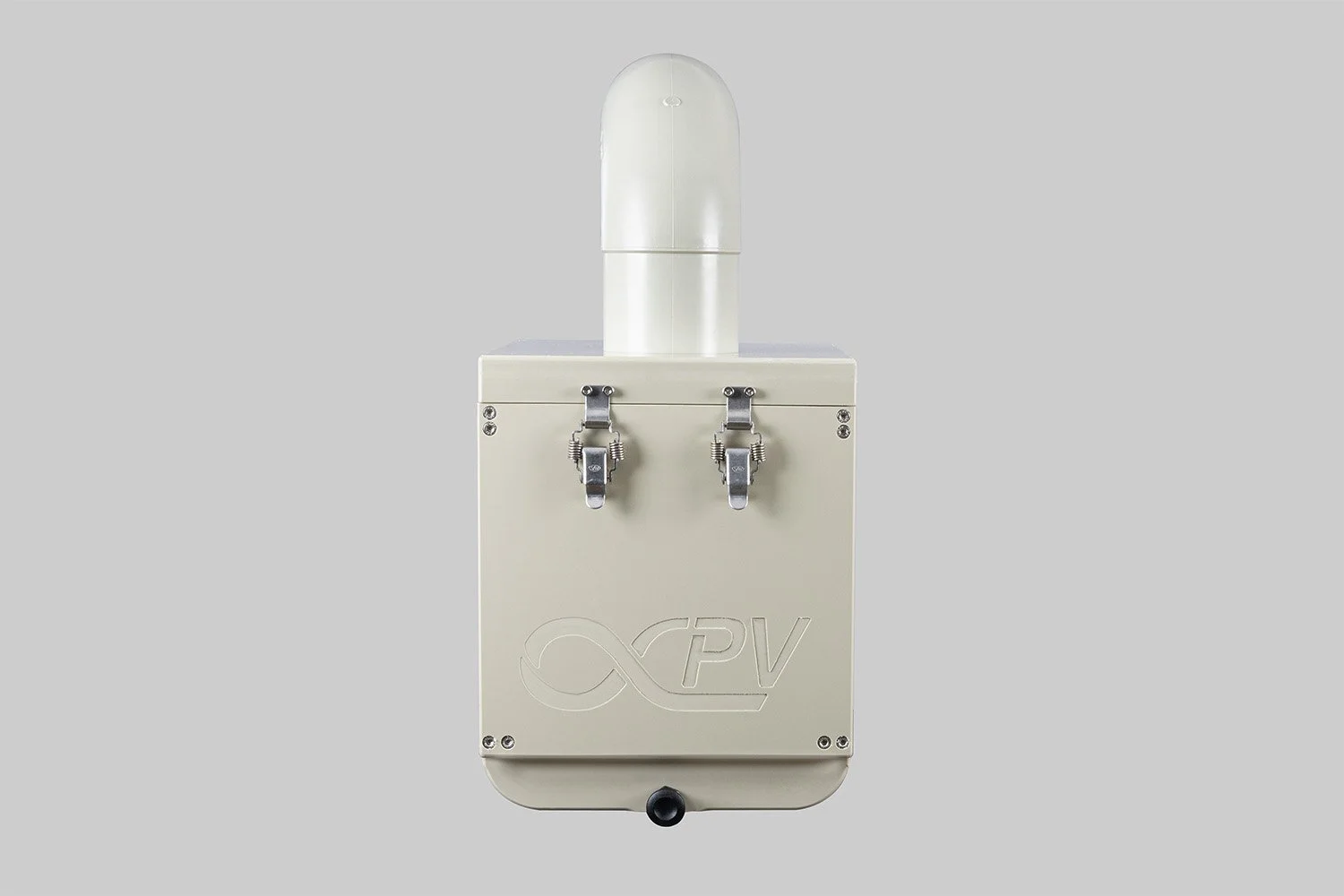


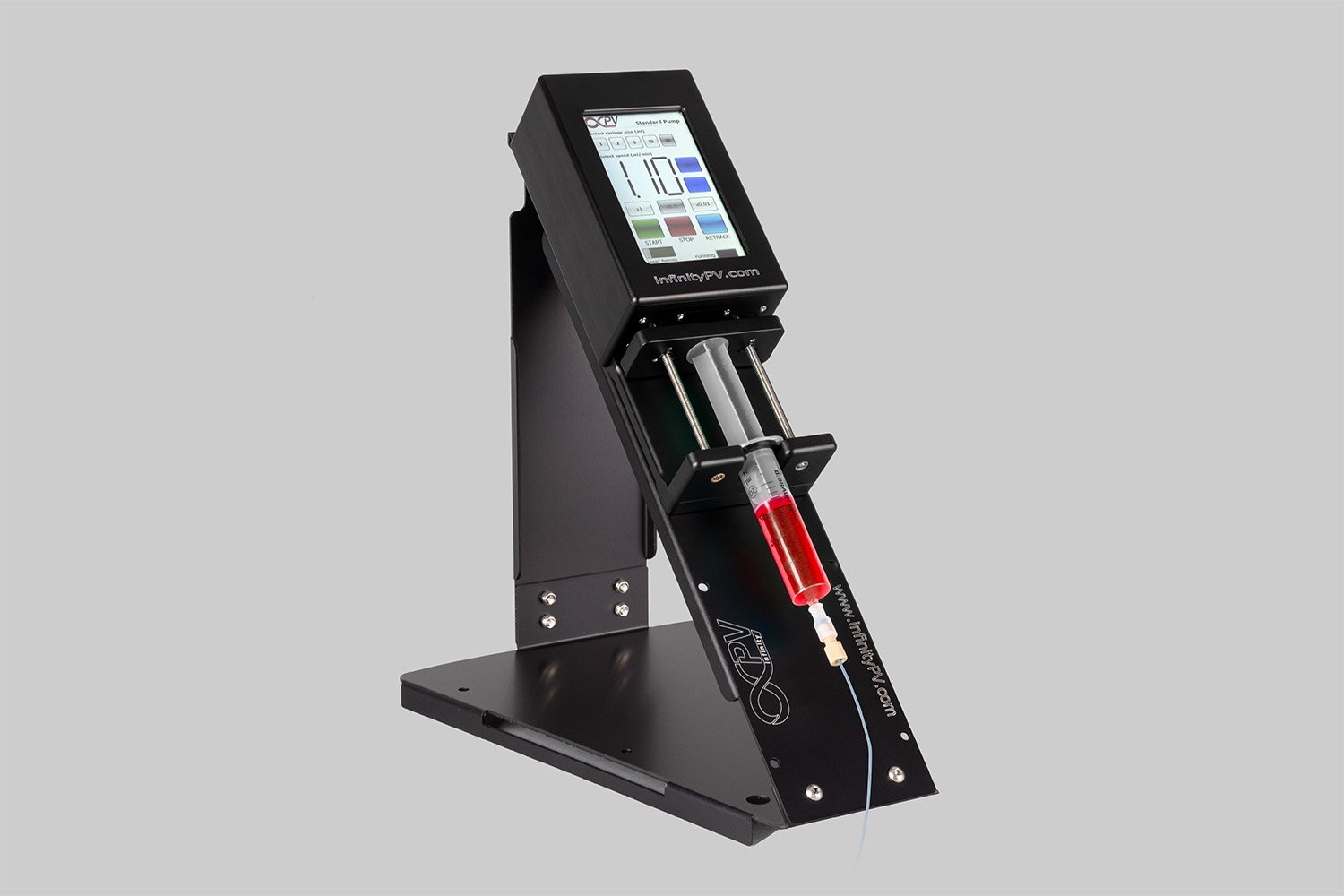
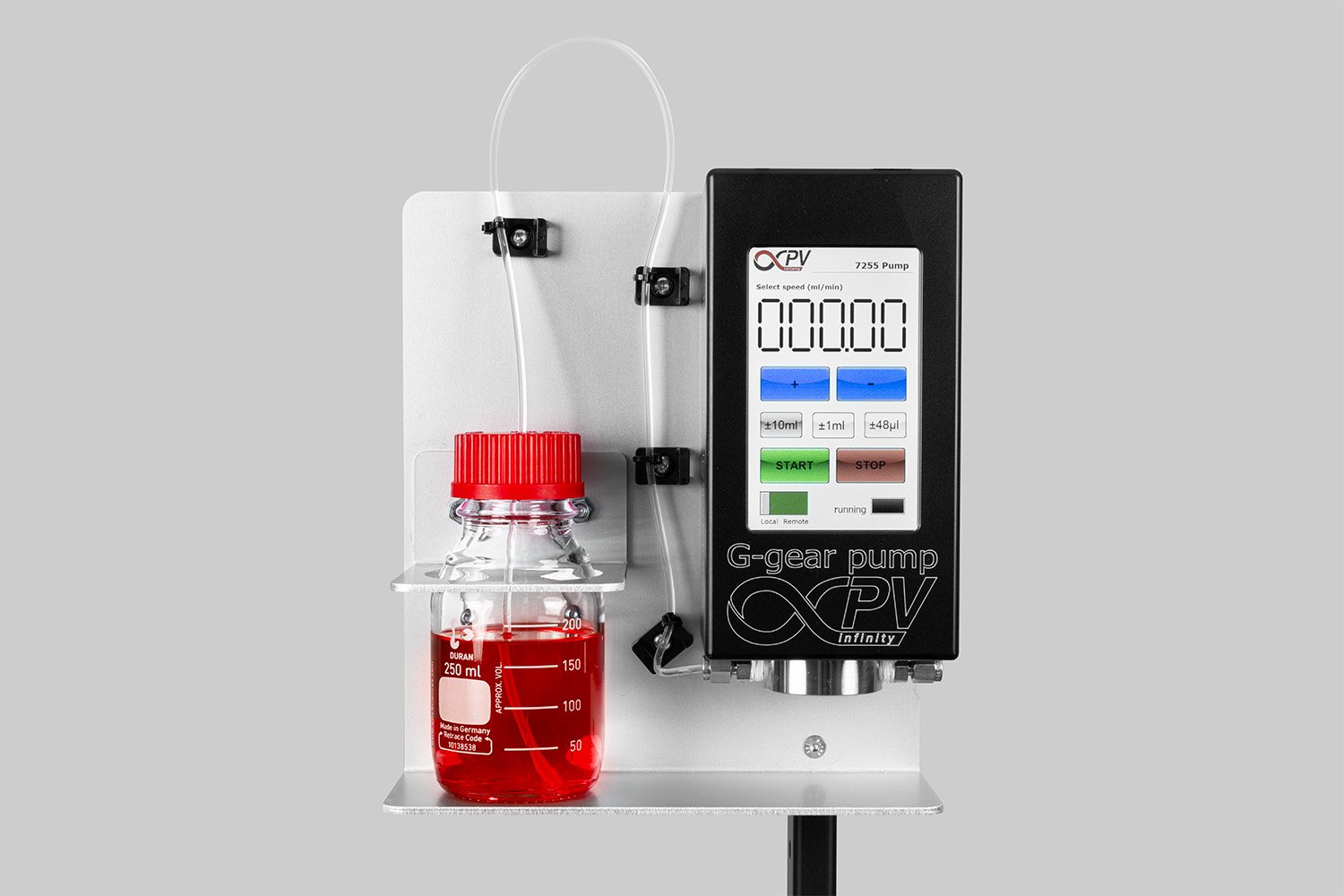

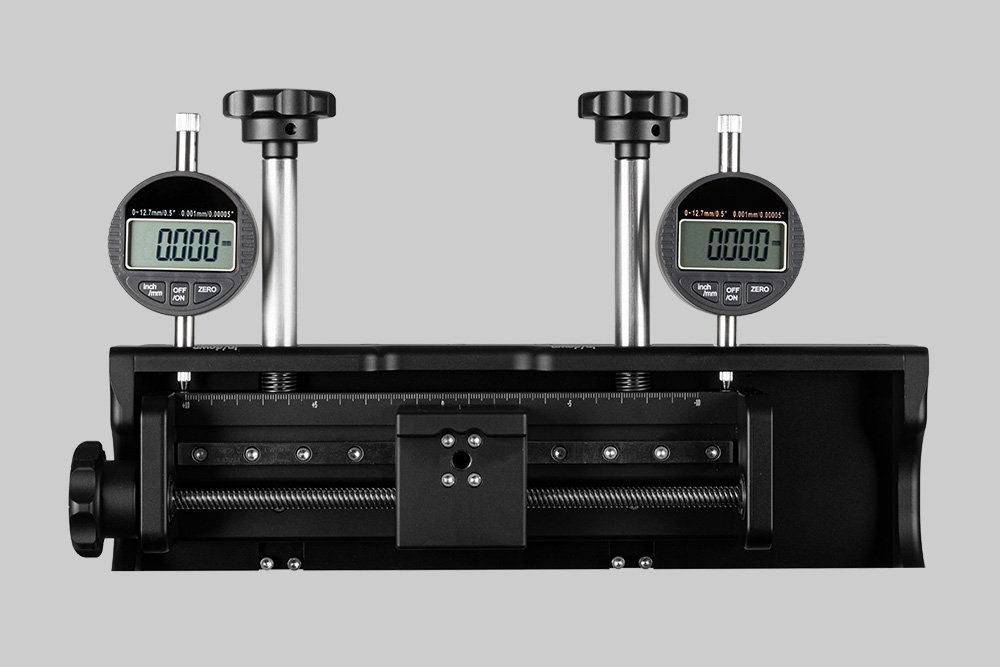
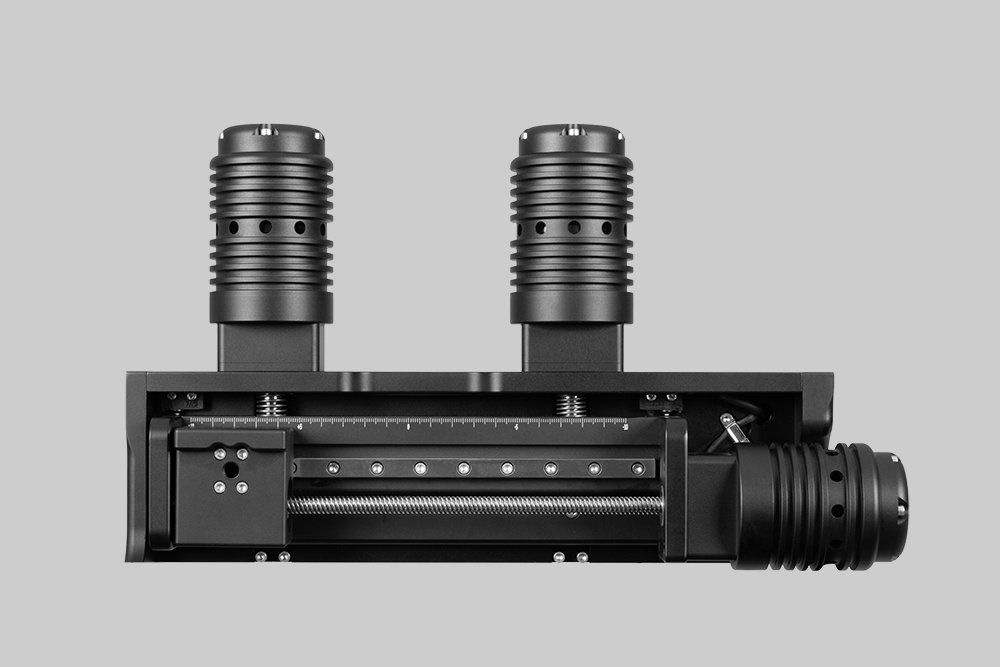

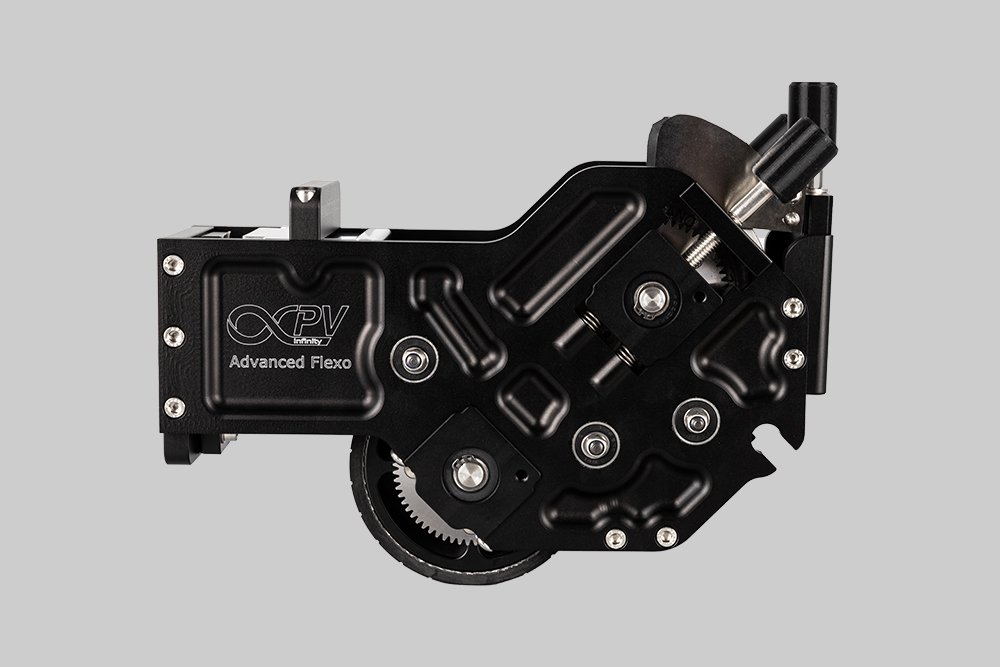


Probably the World’s Most Compact R2R Slot-die Coater: A compact, fully integrated roll-to-roll coating platform for laboratories, complete with a mounting system, anodized rollers, a syringe pump, a 65 mm stainless slot-die head and an infrared oven system—delivering unmatched precision and scalability.